
«Perturber pour apprendre,
rythmer pour créer,
respirer pour coopérer.»
MUSICIENS - ACTEURS - DANSEURS - METTEURS EN SCÈNE - Chorégraphes - CHERCHEURS
De la rééducation à la préparation aux concours, auditions, concerts ou enregistrements,
je propose un accompagnement global, fondé sur l’anatomie, la physiologie, la commande centrale et la prise en compte du contexte,
pour soutenir chaque artiste à exprimer pleinement son art.Depuis 30 années, j’accompagne musiciens, danseurs et comédiens à renforcer leur robustesse, à prévenir les blessures et à libérer leur potentiel scénique. Cofondateur de la Clinique du Musicien et de la Performance Musicale à Paris, j’allie anatomie, ergonomie du geste, cognition et expression artistique.
Auteur de la série Anatomie du musicien et de nombreuses formations, je développe des outils pratiques issus de la recherche scientifique, mais aussi d’expériences vécues dans des laboratoires : traversées océaniques, ultra-trails, Ironman et Triple Ironman. Ces défis nourrissent une approche unique, où la neurophysiologie de la douleur, la résilience mentale et l’économie du geste deviennent des leviers pour la performance artistique.
Mon objectif : aider les artistes à préserver leur intégrité corporelle et à exprimer pleinement leur art.
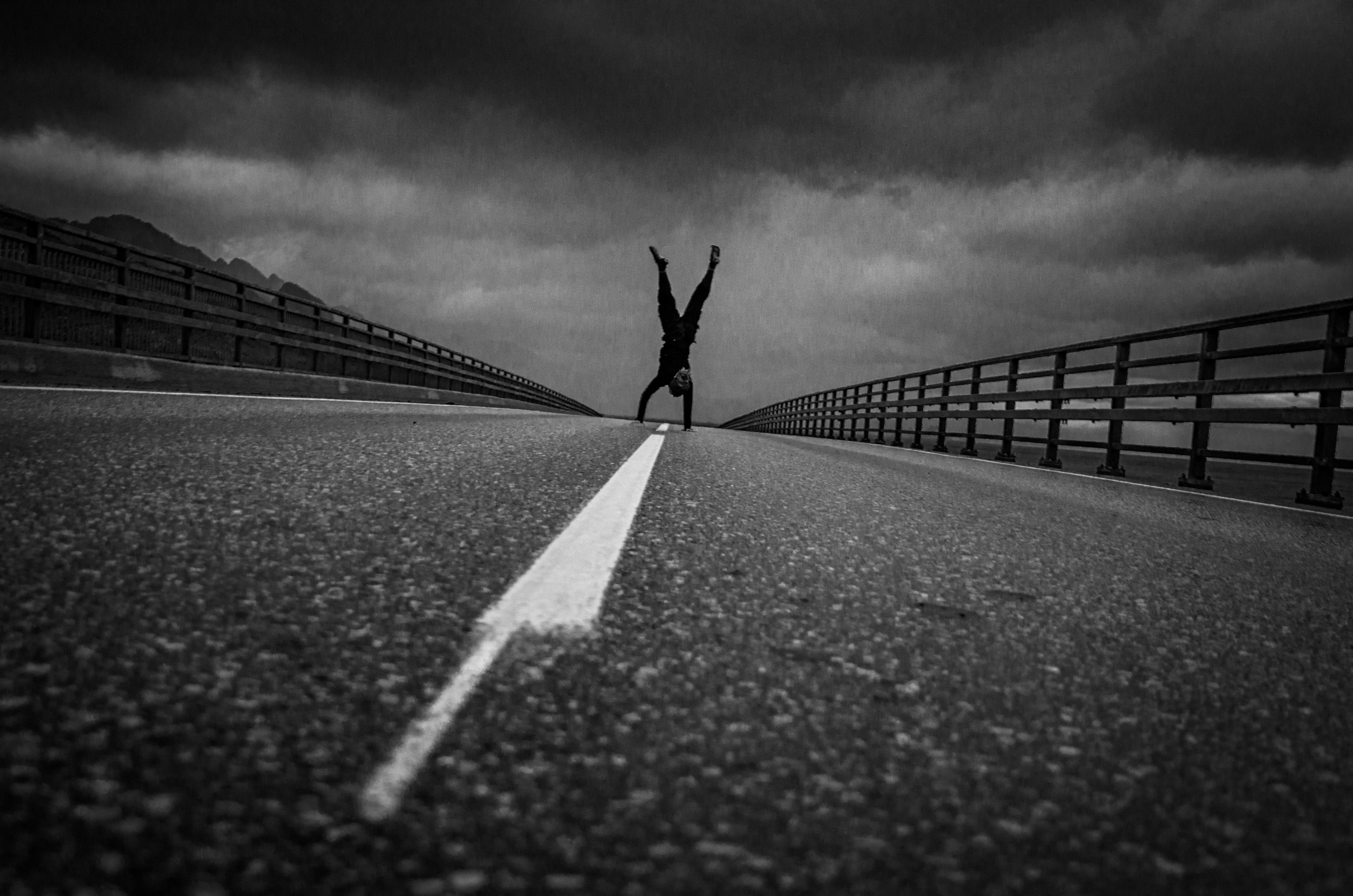
À qui s’adresse cette approche ?
Artistes intermittents du spectacle
Enseignants et professeurs en écoles ou conservatoires
Musiciens en orchestre, danseurs, comédiens
Envoyez-moi votre projet — ensemble, nous élaborons la formation adaptée à votre profil et vos enjeux.

Domaines d’application
Formation financée pour intermittents
Gestion du stress de performance, du trac négatif
Préparation physique, mentale et émotionnelle
Organisation du travail, mise en scène, production audiovisuelle
Préparation aux concours internationaux et aux auditions professionnelles
Ma série pédagogique : Anatomie du Musicien
Une collection de livres (violon, violoncelle, batterie, voix, guitares, harpe, piano…)
et Anatomie de l’Artiste, édités chez Billaudot, disponibles en librairies spécialisées.


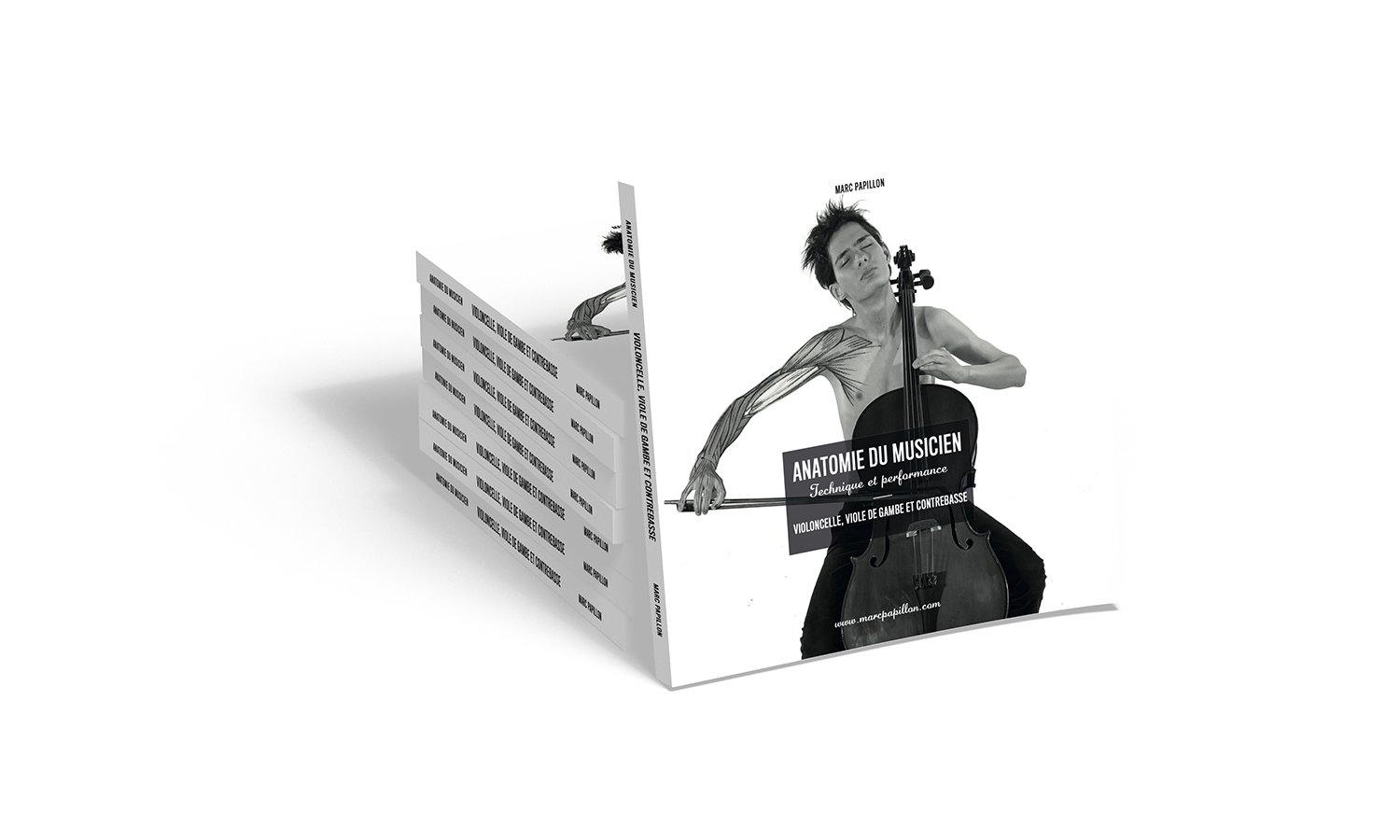
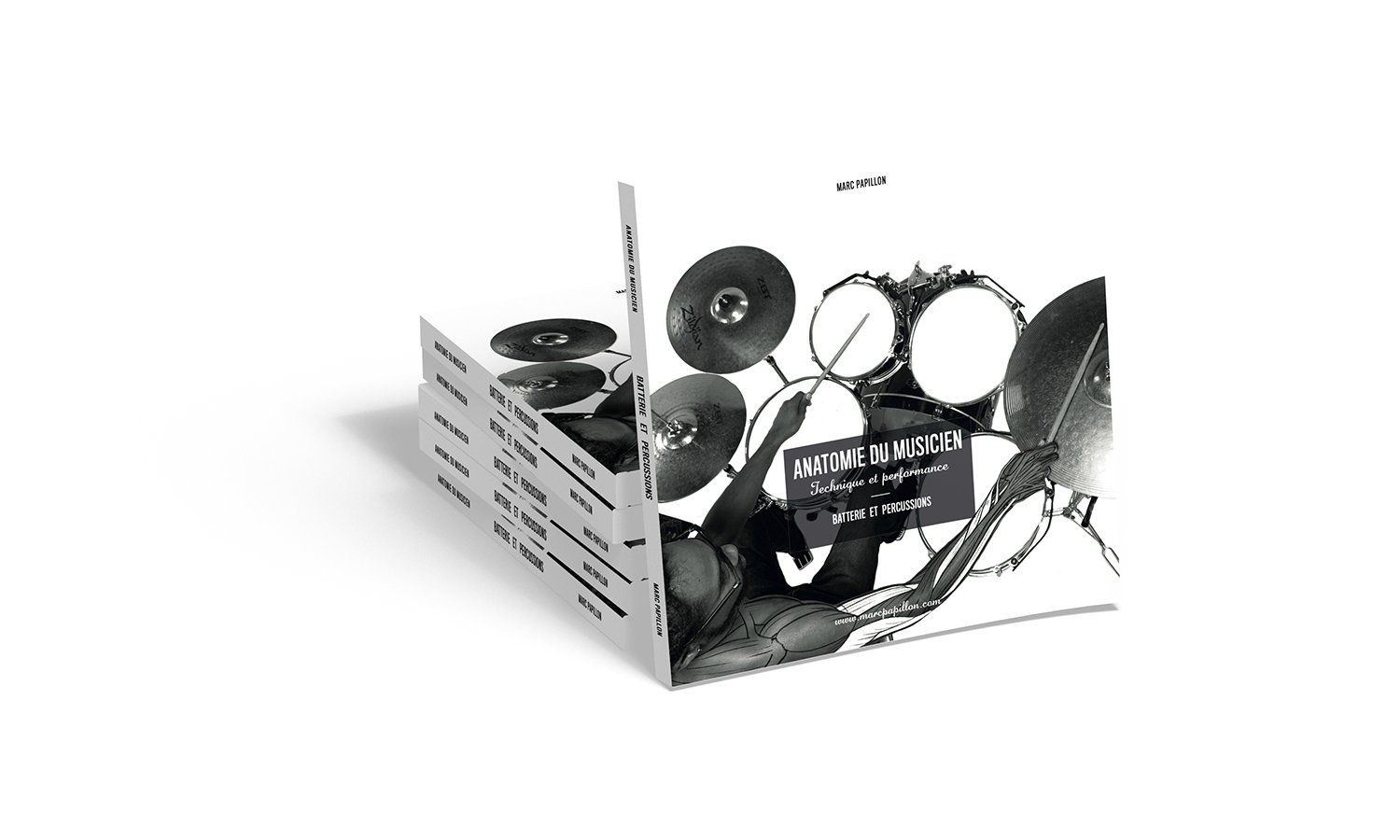
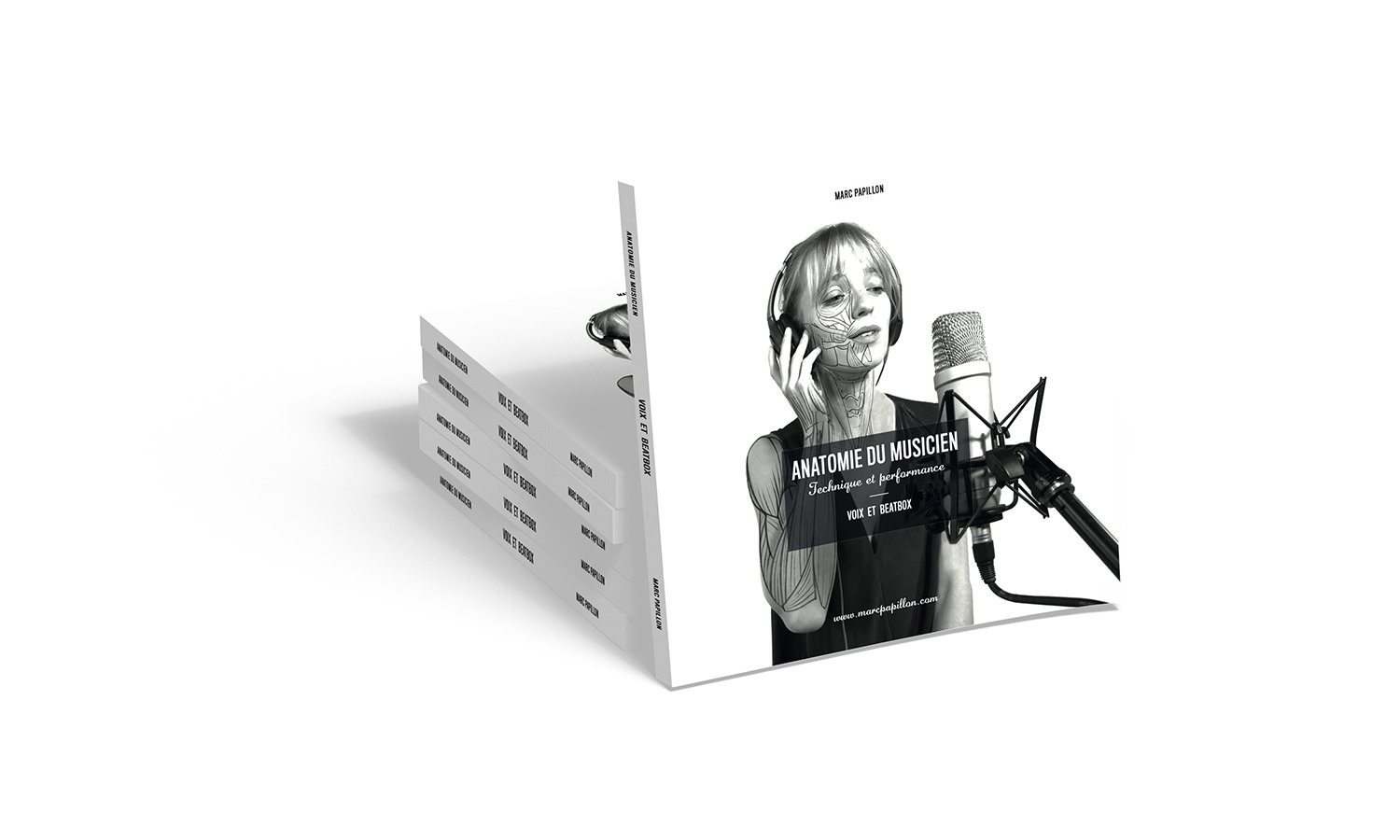
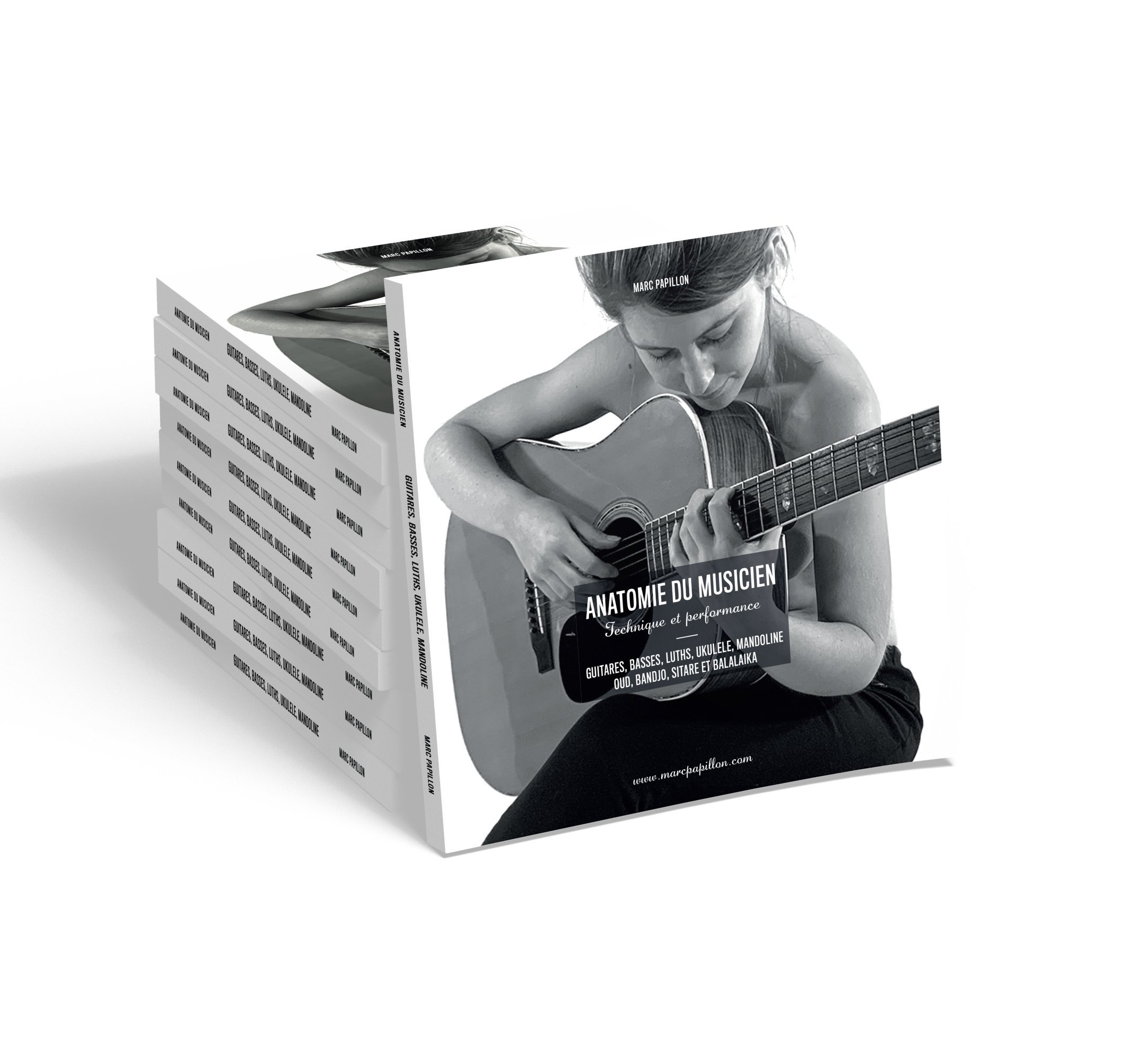
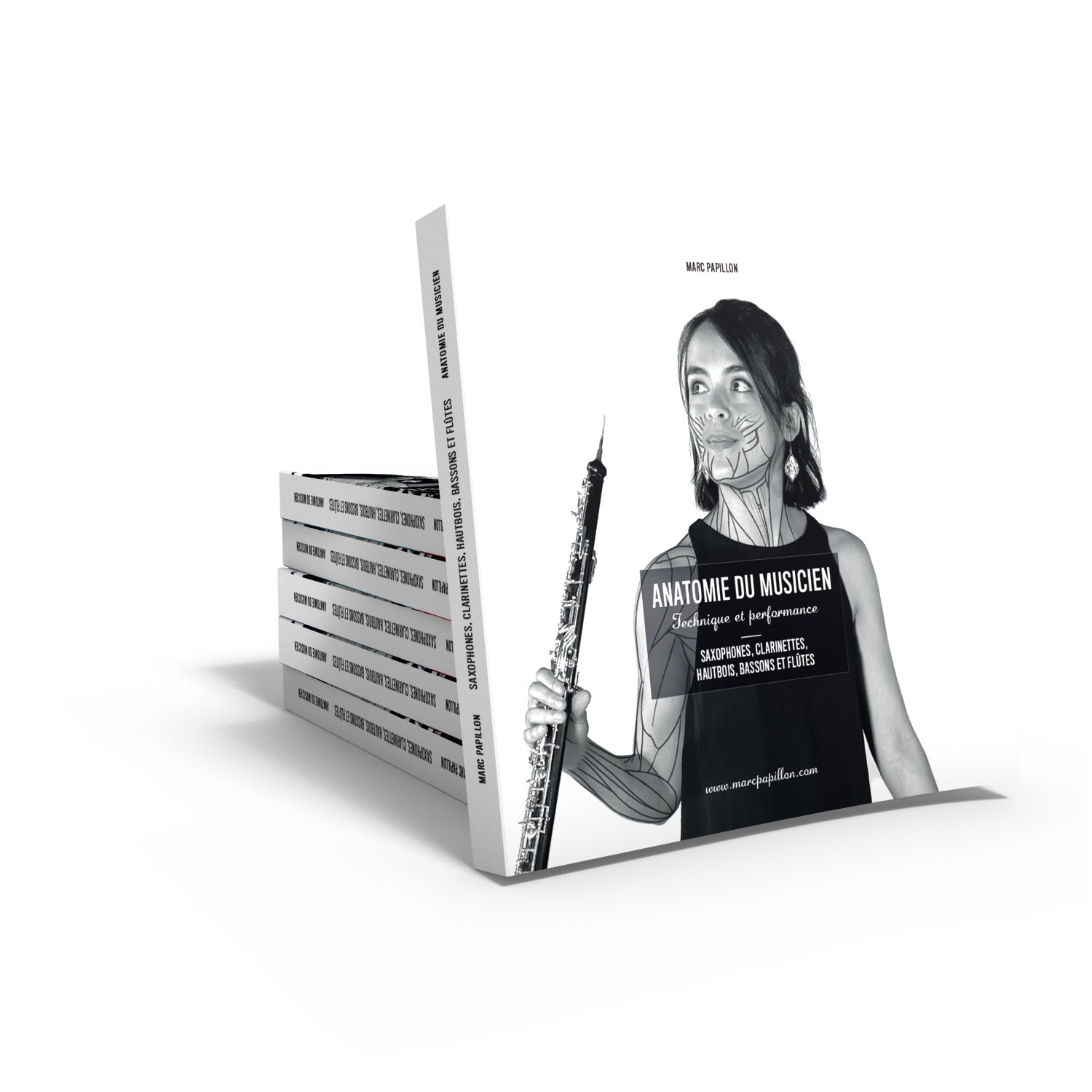
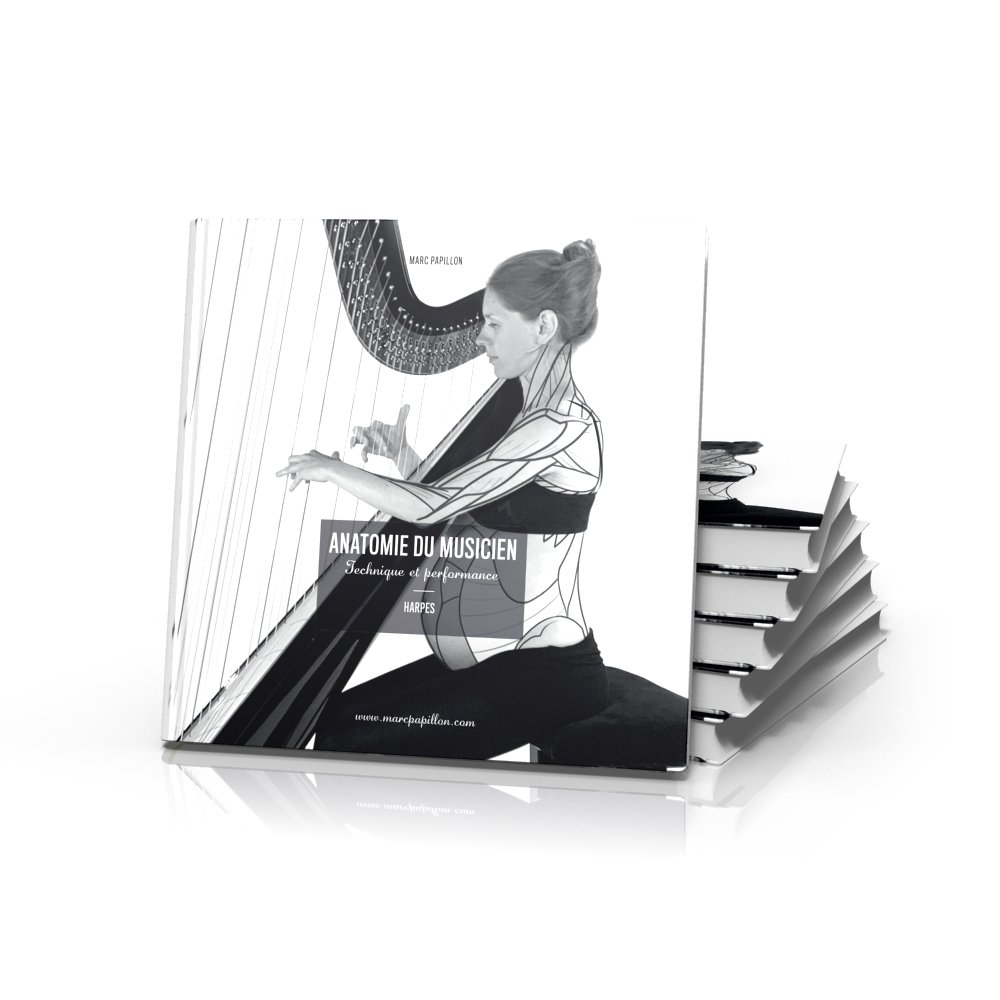
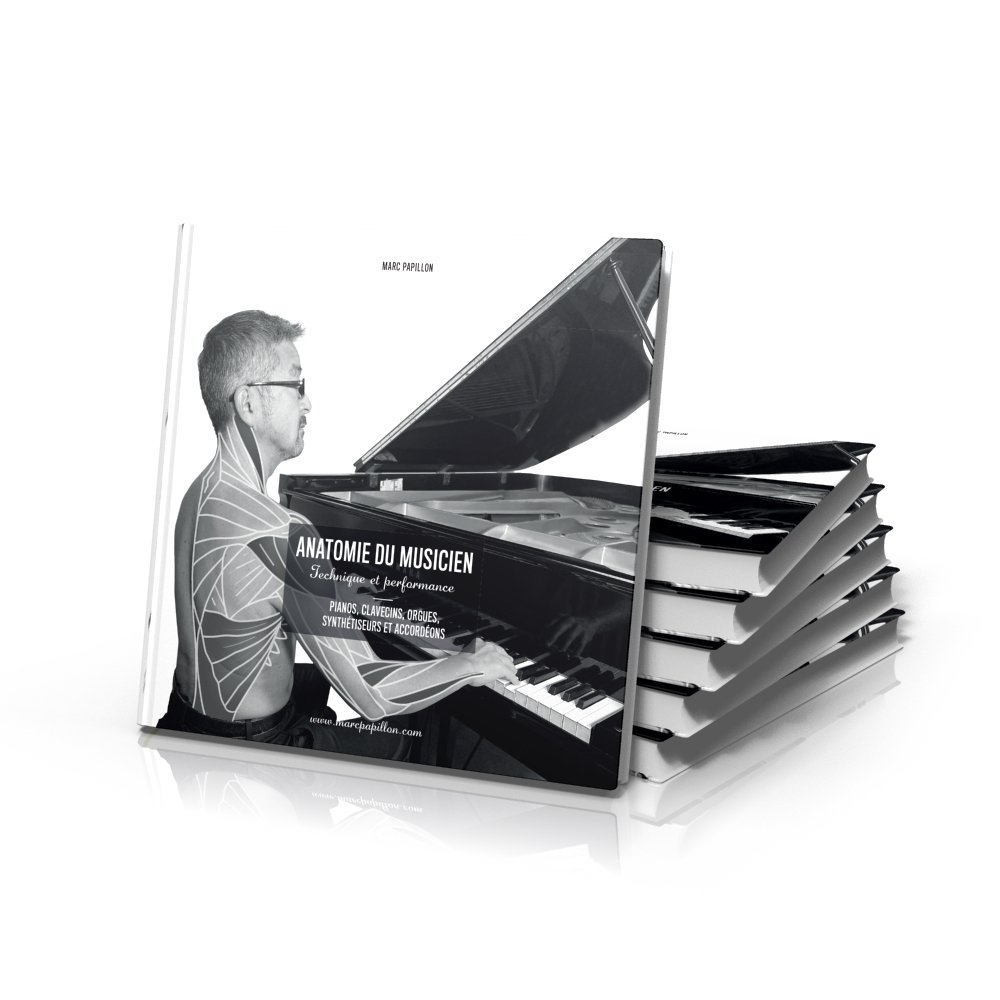
ANATOMIE DE L’ARTISTE
Distribué par les éditions Billaudot
Disponible dans votre librairie musicale habituelle
Méthodologie & approche
Depuis 1996, j’accompagne les artistes avec une pédagogie individualisée intégrant :
L’optimisation technique instrumentale
Des exercices physiques adaptés, sans douleur ni anxiété
Une préparation physique, mentale et émotionnelle personnalisée
Objectif : conjuguer tonicité corporelle rationnelle et détente mentale, pour éclairer votre expressivité artistique.
Maintenir un système stable malgré les fluctuations : viabilité à long terme face aux changements.
Les artistes que je rencontre ont ce besoin de comprendre, une soif d’apprendre et de trouver cette justesse de jeu. Un défit que je relève avec chacun. Cet artiste hors norme que j’accompagne est trop souvent dénoncé comme précoce, doué, haut potentiel ou virtuose et cela lui pèse.
LE TALENT EST UN MYTHE !
Reconnaitre et accepter d’être différent apporte une profonde détente et compréhension de ses habitudes, de ses pensées et de ses comportements, rayonner devient facile !
- Corps et contrôle moteur
- Reprogrammation neuro-dynamique
- Improvisation, Flexibilité Durable
- Coopération, Préparation physique et mentale
- Anxiété de performance - trac négatif - stress
- Organisation de travail - Mise en scène et Production audio-visuel
Contexte & défis rencontrés
par les artistes
Les artistes cherchent l’excellence, souvent au prix de douleurs, de tensions ou de blocages. Ces errances pédagogiques engendrent des pathologies fonctionnelles, ralentissent la progression et menacent la longévité de la carrière.
Objectifs concrets des formations
Lever les biais pédagogiques et cognitifs
Analyser le geste (instrumental, vocal ou dansé) selon les données biomécaniques et physiologiques
Décrypter le comportement et aider à mieux gérer les émotions
Développer des stratégies corporelles, techniques, mentales et émotionnelles, sur le court, moyen et long terme
Solutions proposées
Respecter les besoins et objectifs individuels
Éliminer le trac grâce à des outils cognitifs, comportementaux et physiques
Clarifier le rythme et l’audition perçue
Améliorer la proprioception, l’ergonomie du geste, la répartition musculaire efficace
Focus : la dystonie de fonction chez le musicien
Une pathologie complexe liée à la suractivation du contrôle moteur, sans douleur physique, souvent confondue avec des troubles psychologiques. Mon approche vise à reprogrammer les schémas neuronaux, restaurer les automatismes performants et prévenir l’apparition de troubles fonctionnels. En savoir plus
Pourquoi travailler ensemble ?
J’interviens dans des contextes variés : conférences, masterclasses, conservatoires, orchestres, festivals, en présentiel ou à distance.
Je propose des formats de formation clairs, sur-mesure, et scientifiquement adaptés à chaque situation artistique.
Fatigue
La fatigue vient de l’excès de relâchement.
La recherche de détente est la confusion N°1 en pédagogie.
compensations
Acharnement, forçage et perfectionnisme vous poussent à travailler plus. Perte de souplesse, crispations et compensations : un cercle vicieux.
Douleur
Douleurs d’épaules, de dos, de coudes, de mains ou de lèvres…
(seule la dystonie de fonction n’est pas douloureuse)
Pathologies
Surmenages musculaires
Compressions nerveuses
Dystonies de fonction
Limitation du temps de travail
Ne pas pouvoir jouer plus de 10 minutes…
Ne plus pouvoir jouer du tout et déprimer.
Anxiété
Anxiété de performance ou anxiété généralisée :
Une mauvaise gestion des émotions fatigue énormément…
S’inscrire & me contacter
Marc Papillon
Formateur – Auteur – Préparateur physique et mental – Kinésithérapeute
Ne laissez plus la fatigue, le trac ou la douleur interrompre votre pratique.
Inscrivez-vous dès maintenant pour reprendre plaisir à jouer — performant, serein et accompli.




